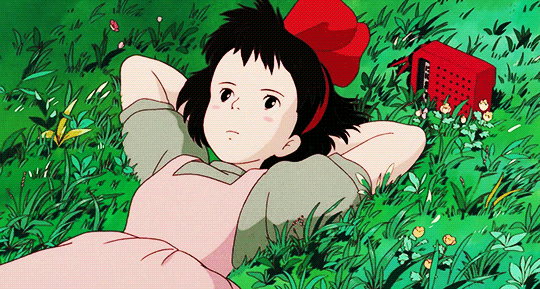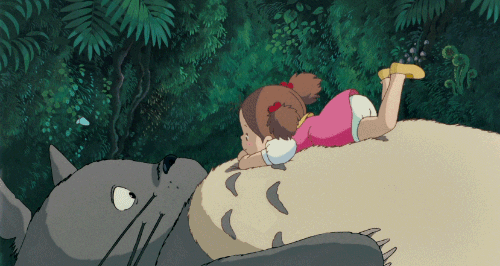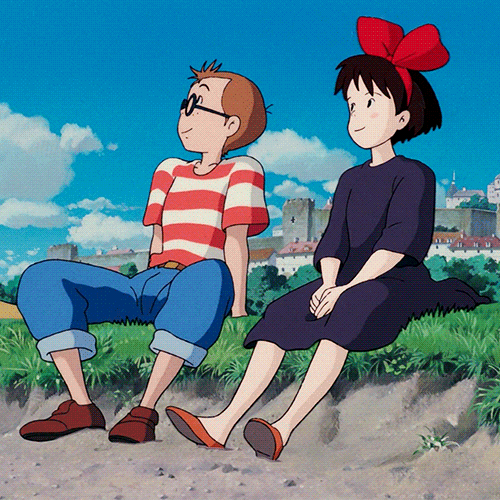The Ship of Theseus
For a while now, I’ve been trying to wrap my head around how I feel about AI.
On one hand, there's plenty of practical and additive experiences. It’s a big productivity boost to ask an AI tool to answer a technical question, format unstructured data, or suggest optimizations to your code.
However, there’s another application of AI that isn’t additive at all. Whole-cloth creations of images, videos, logos, compositions, and even applications can be made trivially using prompt-based input.
This type of content—and discussions around it—has completely saturated my “For you” page on Twitter. Everything from “Wow, this is neat!” to “All human-led creative endeavors are over”.
There’s far too much about AI to cover in any single blog post. Instead, I’m focusing specifically on generative AI as a replacement for artistic and creative works. Namely, what role does humanity have in a world of generative AI?

It’s a bit ironic that the AI du jour the past week has been creating “Ghibli”-style images.
Studio Ghibli movies like Kiki’s Delivery Service and My Neighbor Totoro are slice-of-life films with themes of finding yourself, understanding your emotions, vulnerability, insecurity, and the relationships with the people and places around you.
A tool like ChatGPT can recreate images using this style in a matter of seconds—faithfully so. Hell, with the right combination of tools it might be able to create a near replica of many scenes from these movies.
But even if the output is the same, the realization that one was crafted by people toiling away to get intricate details just right and another was created by a tool using a prompt in a matter of seconds removes some of the “specialness”. There’s some regression in the artistic genuineness.

This type of generative creation is like automating a text to your spouse every morning saying how much you love them. The message is from you. The words are indistinguishable from yours. But, running your feelings through a machine and turning it loose to deliver these messages removes a sense of genuineness and sincerity.
Maybe you disagree and see this differently. Maybe you see the act of automating this process as something thoughtful and you put a lot of heart into the steps, the message, the testing.
Does the recipient see it this way? After days or weeks of this, do they sense the words you originally wrote are still your words? Is it the same message anymore? Or has the original message slowly been lost over time, turning into something else altogether?
Does the disclosure of how things are created change their meaning?

Speaking for myself, these tools are impressive and will likely be used as a way to create things in the future. But I cannot see their work through the same emotional lens I see the works created by people.
Of course, there will always be ways technology speeds up skilled tasks. Animation today is largely done through the use of computers.
However, art is so much more than the sum of its parts. And, the human touch behind it always adds to the experience.